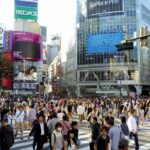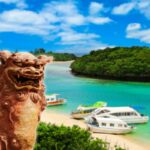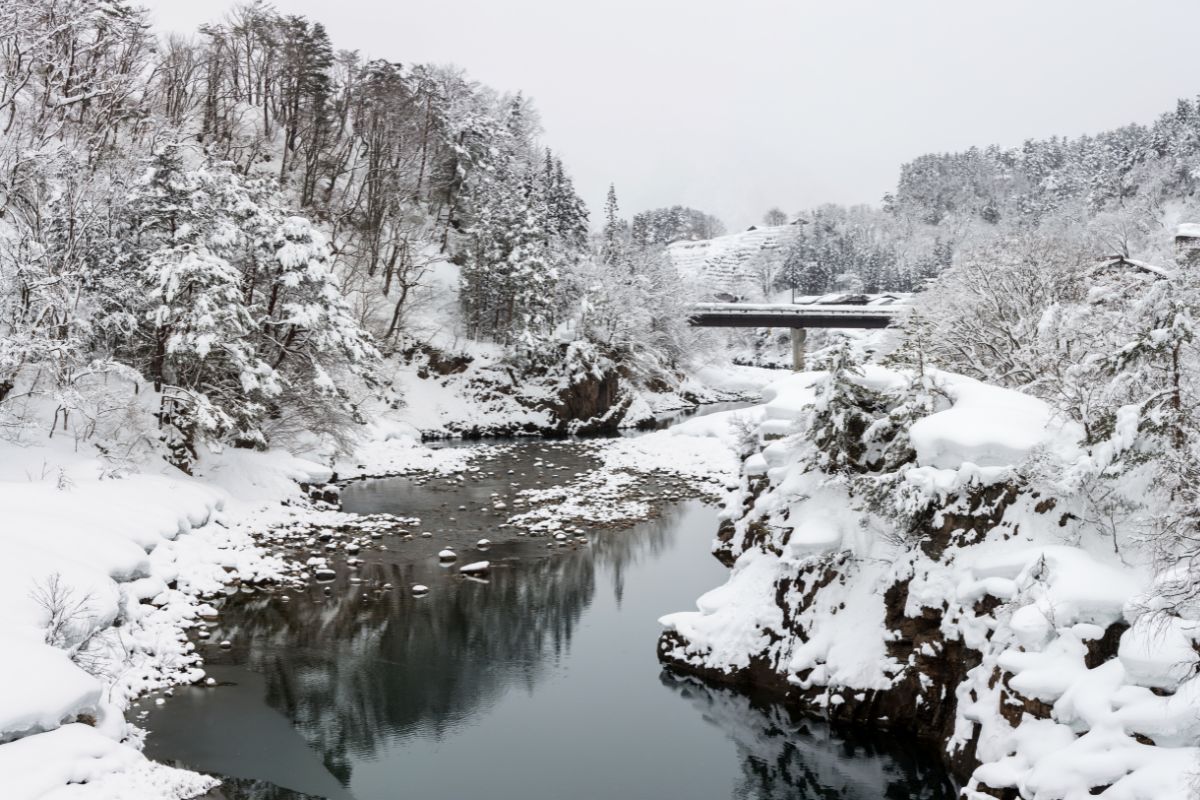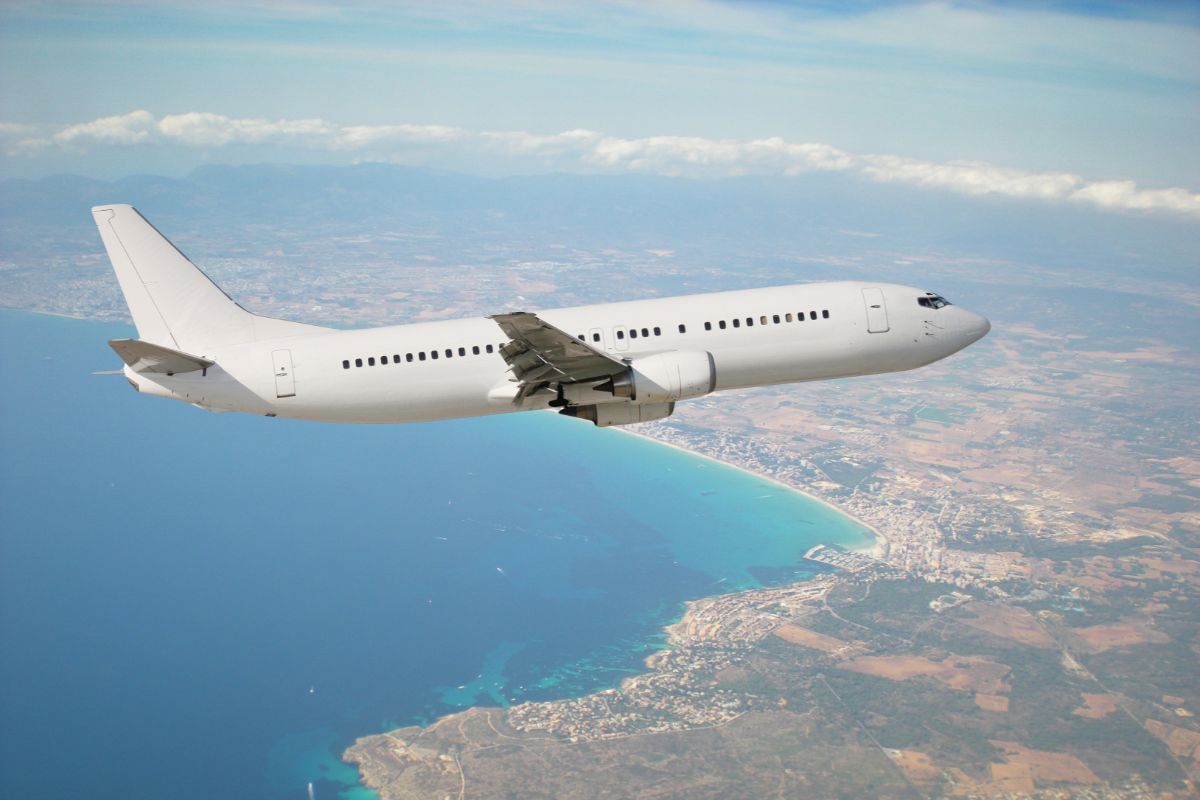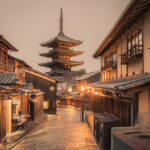Some cities simply look more magical than others under a coating of snow. Just as Christmas in New York City and Vienna can both turn into winter wonderlands, so too can Kyoto.
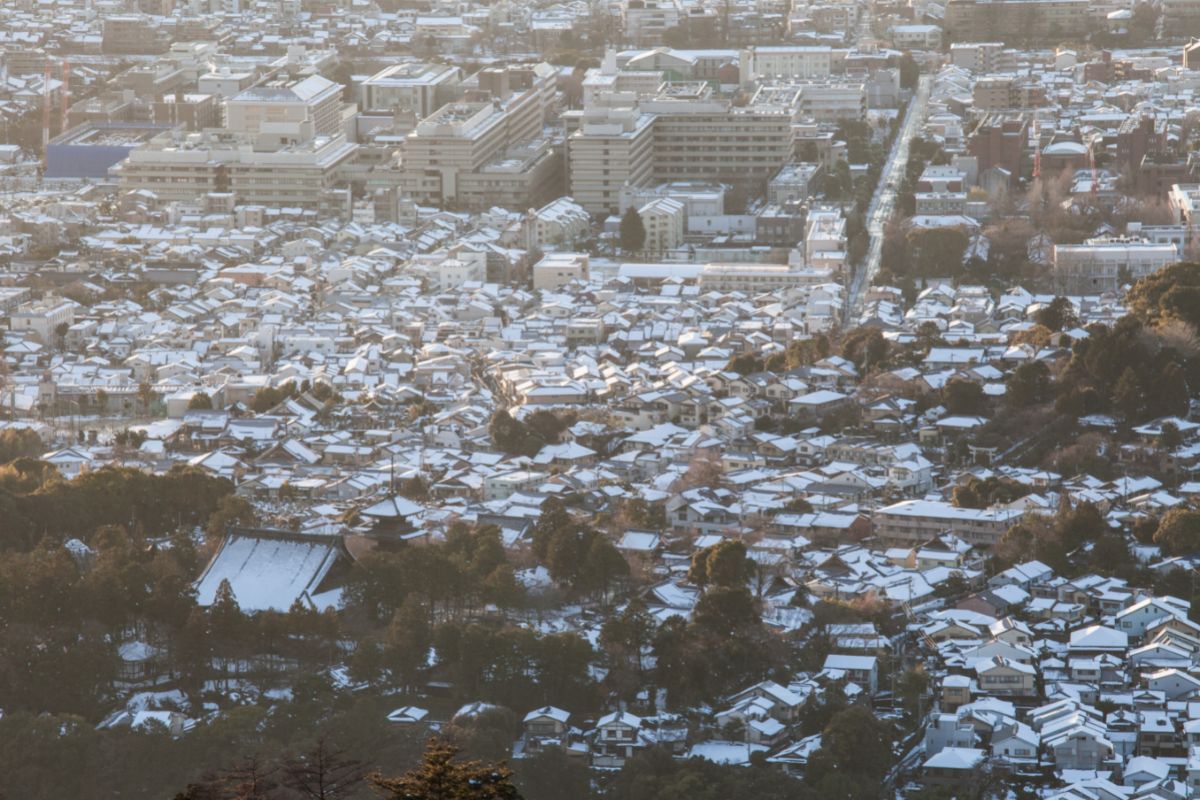
As cold air masses from Siberia blow in towards Japan, you can expect them to pick up moisture off the Sea of Japan. As that cold, wet air meets the mountains along the coastline, some cities can expect some snowfall.
The major cities of Tokyo, Osaka, and Kyoto can become bases for popular destinations for those seeking snow in the winter months. In this guide, we will look at how much snow you can expect in Kyoto and the best places to see it.
How Much Snow You Can Expect To Experience In Kyoto?
Should you time your visit to Kyoto between early December up to mid-March, you should expect to see a glorious layer of snow if you stay for longer than a couple of days.
The city’s climate during winter should mean a drop in temperature alongside precipitation picked up over the Sea of Japan.
With Kyoto boxed in between mountains, between two and four times each winter, it should snow and then remain on the ground.
However, a lot of the time when it does snow, the covering sadly melts within a couple of hours so you had better be quick to experience it.
Though it is difficult to estimate how much snow you can expect to experience in Kyoto, it should snow for around 25 days of the year. During that time, there is an aggregate of up to 8.23” (209mm) of snow.
The Best Places To See The Snow In Kyoto
While you should be expected to wrap up warm for winter in Kyoto, there are several places that look great under a layer of snow. If you do want to see some winter landscapes then time your visit between mid-December and mid-March.
This is specifically for the northern part of the city though the timeframe is more limited for Kyoto City. The snowy season there is expected between mid-January into February.
Ryoanji Temple
With their slanted roofs, ancient Japanese temples look truly resplendent under a covering of snow. The temple is relatively easy to get to as well on public transportation from the city of Kyoto.
Once you reach Kyoto, you can get to Ryoanji Temple in Ayabe City. The temple was founded back in 732 AD and can look stunning in winter.
Fukuchiyama Castle
Built by Akechi Mitsuhide, Fukuchiyama Castle is close to Ayabe City in Fukuchiyama City. The castle was completed around the year 1600 and rebuilt in 1986. This makes it the sole remaining Mitsuhide castle to come with a tower so it is well worth visiting.
The original stones and lanterns remain and you can view the castle’s stone walls which were made in a typical architectural style known as ‘nozurazumi’.
Amanohashidate
In the northern part of Kyoto Prefecture is Amanohashidate which is a great location facing the Sea of Japan.
You can expect to see pine needles in a frost on cold mornings before the sun melts it away which looks stunning. There is also the chance of some ice in shallow waters.
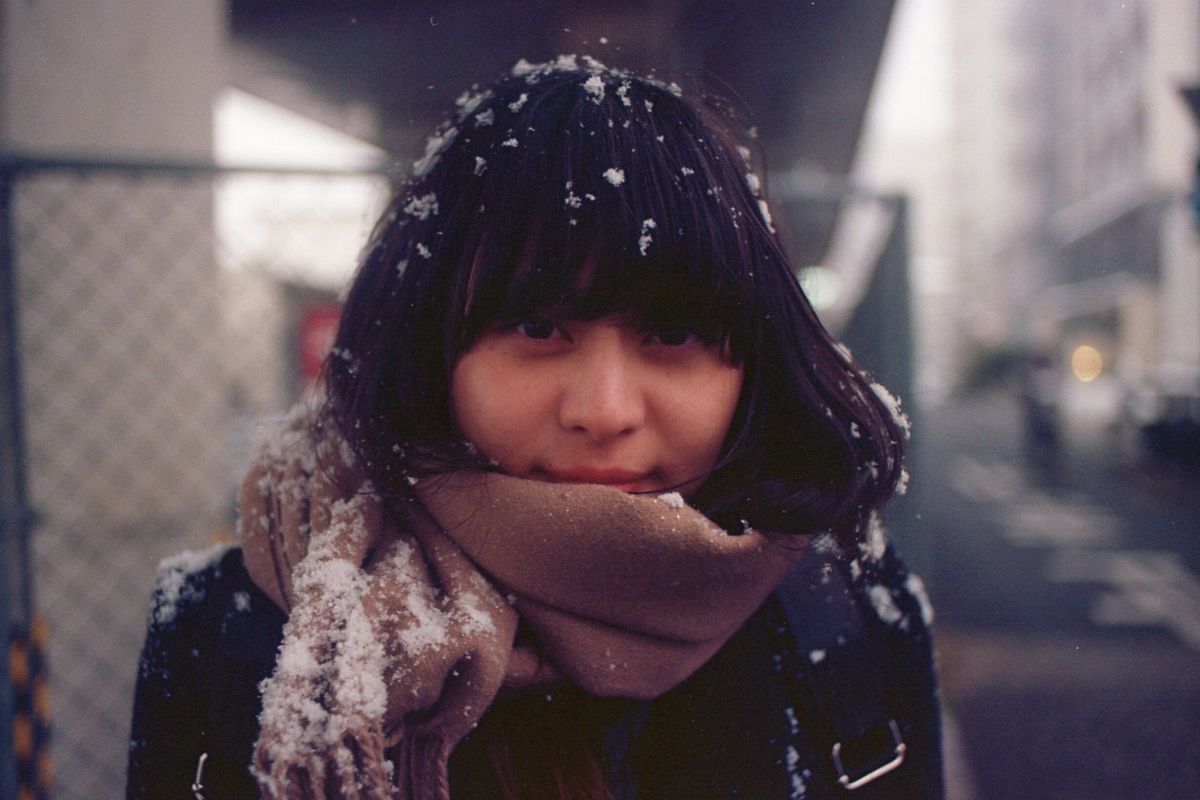
Ine No Funaya
About a half-hour drive from Amanohashidate is Ine Town which is known for its architecture, mainly its glorious boat houses. The town itself appears to be floating on the water with the first-floors being reserved for boats with living quarters situated above.
Having been likened to Venice, the town is protected under an official designation under Japan’s Preservation District for Groups of Historic Buildings.
If you do decide to visit the town in winter, make sure you take a sea taxi for a unique experience.
Miyama Kayabuki-No-Sato
Another set of buildings to fall under the Preservation District for Groups of Historic Buildings is found in Miyama Kayabuki-no-Sato. This is a set of rare Kayabuki residences in the central Kyoto Prefecture.
There are 39 residences in total and when the snow falls, it covers their thatched roofs beautifully.
Late January is typically the best time to visit the region and is when the area hosts Yuki Toro, a Snow Lantern Festival where snow and bamboo lanterns light up the village.
Hozu Gorge
As the city of Kyoto is surrounded by mountains, one of the best places to visit for snow is Hozu Gorge. You can even get on a boat along the Hozu River and go through the mountains.
This is best done between Kameoka and Arashiyama as the mountains provide an epic landscape. Those boats should be heated too so as long as you are dressed appropriately for the time of year it should be quite an experience.
Final Thoughts
There is a certain sense of magic when you see areas covered in snow and Kyoto is no different. The landscape is typically beautiful with shrines, castles, mountains, and boathouses. In winter they look even more stunning when covered in snow.
Be aware of arriving in the region at the right time of year as the snow does tend to melt quickly on occasion. From mid-December to mid-March is the best time for the northern part of Kyoto.
The snowy season is expected between mid-January into February for the southern parts.
Frequently Asked Questions
Does Japan Receive A Lot Of Snow?
In certain parts of the country, only a small amount of snow can be expected to fall. That includes the major cities of Osaka, Tokyo, and Kyoto.
However, not too far from each of those major cities are some great destinations for those looking to see some snow. Those locations include Tokamachi and Zao. Yokote, Sapporo, and Asahikawa are places that are further away yet still worth seeing.
What Location Is Known As The Coldest Place In Japan?
If you did want to visit Japan’s coldest area then head to Rikubetsu. The temperature drops to around -11.4°C (11.5°F) in January. It gets even colder from the end of the month into February as the temperature can drop to as low as -20°C (-4°F).
- 16 Best Websites To Watch Japanese Movies With English Subtitles - May 11, 2023
- Is ZIPAIR The Best Airline For Traveling To Japan? - May 11, 2023
- Ryu Murakami Vs Haruki Murakami – Which One Should You Read? - May 11, 2023


